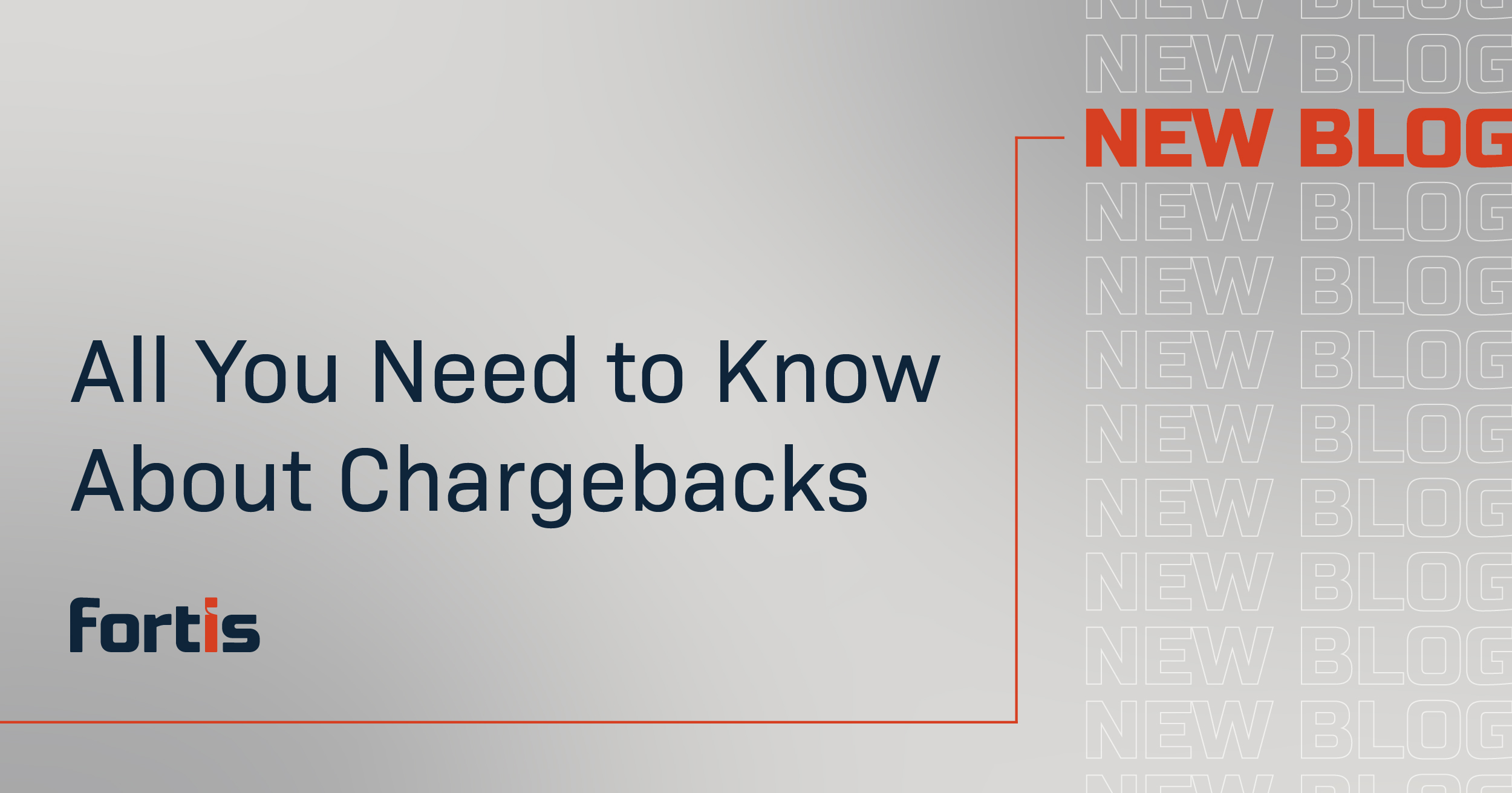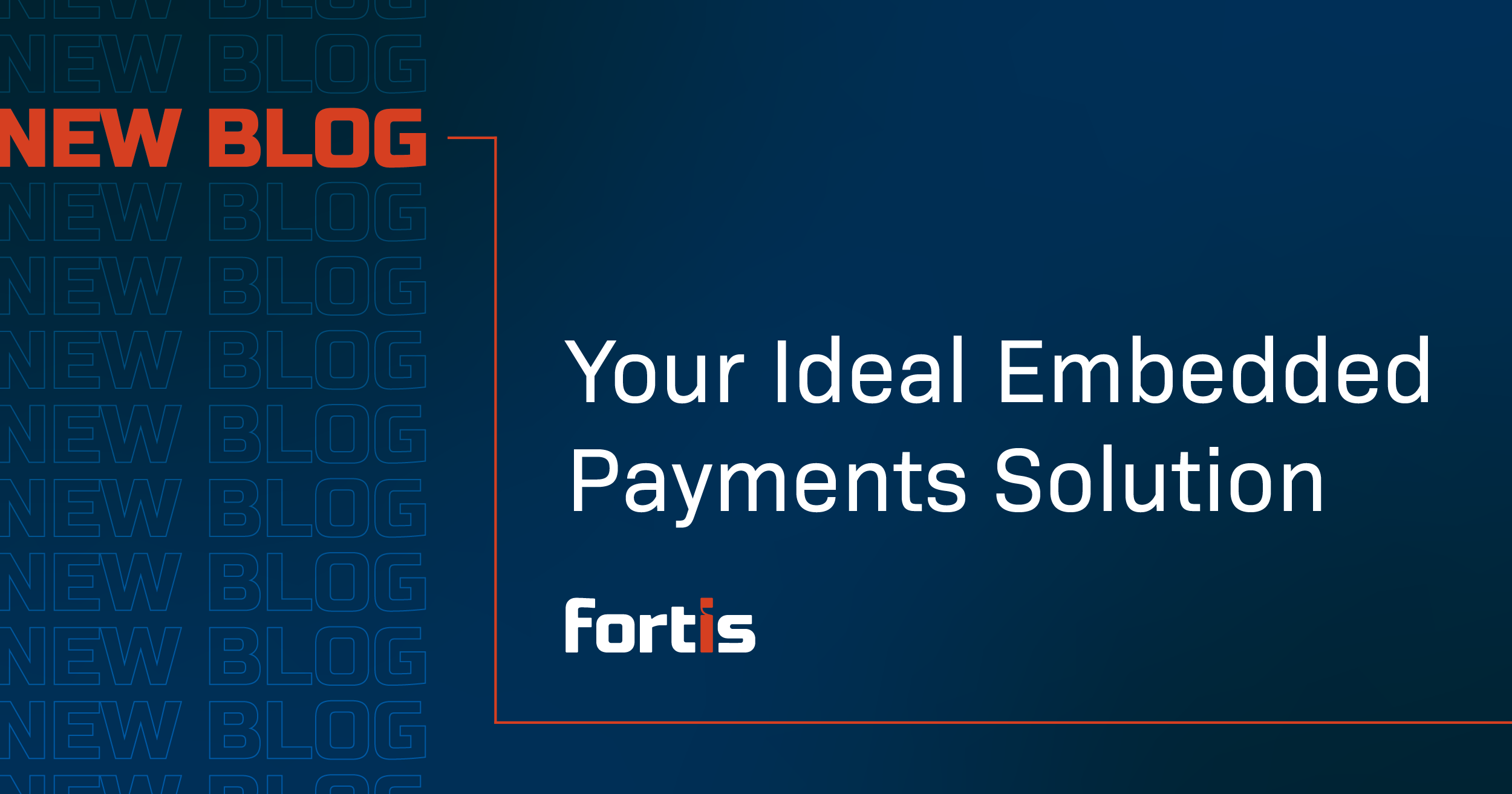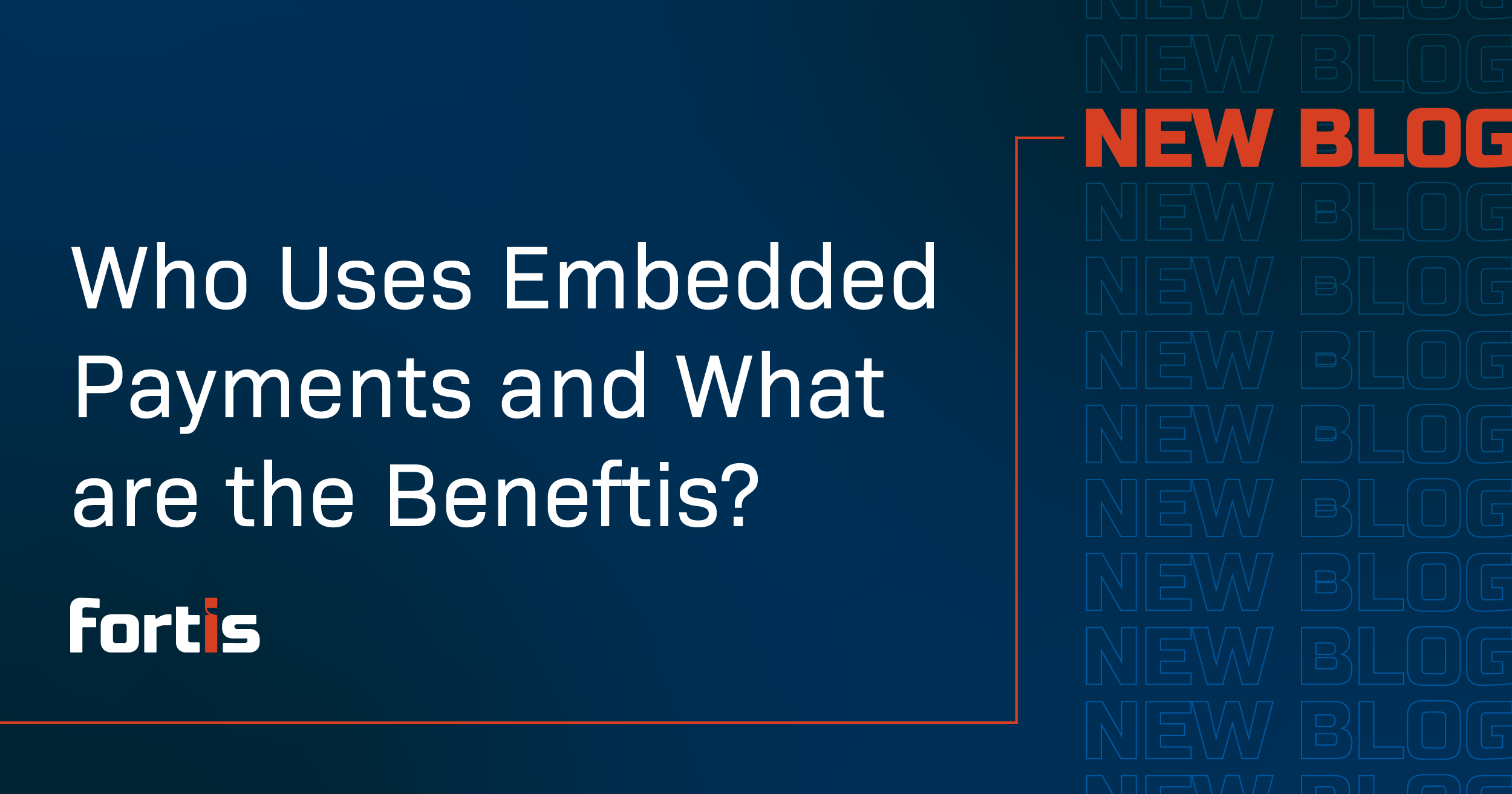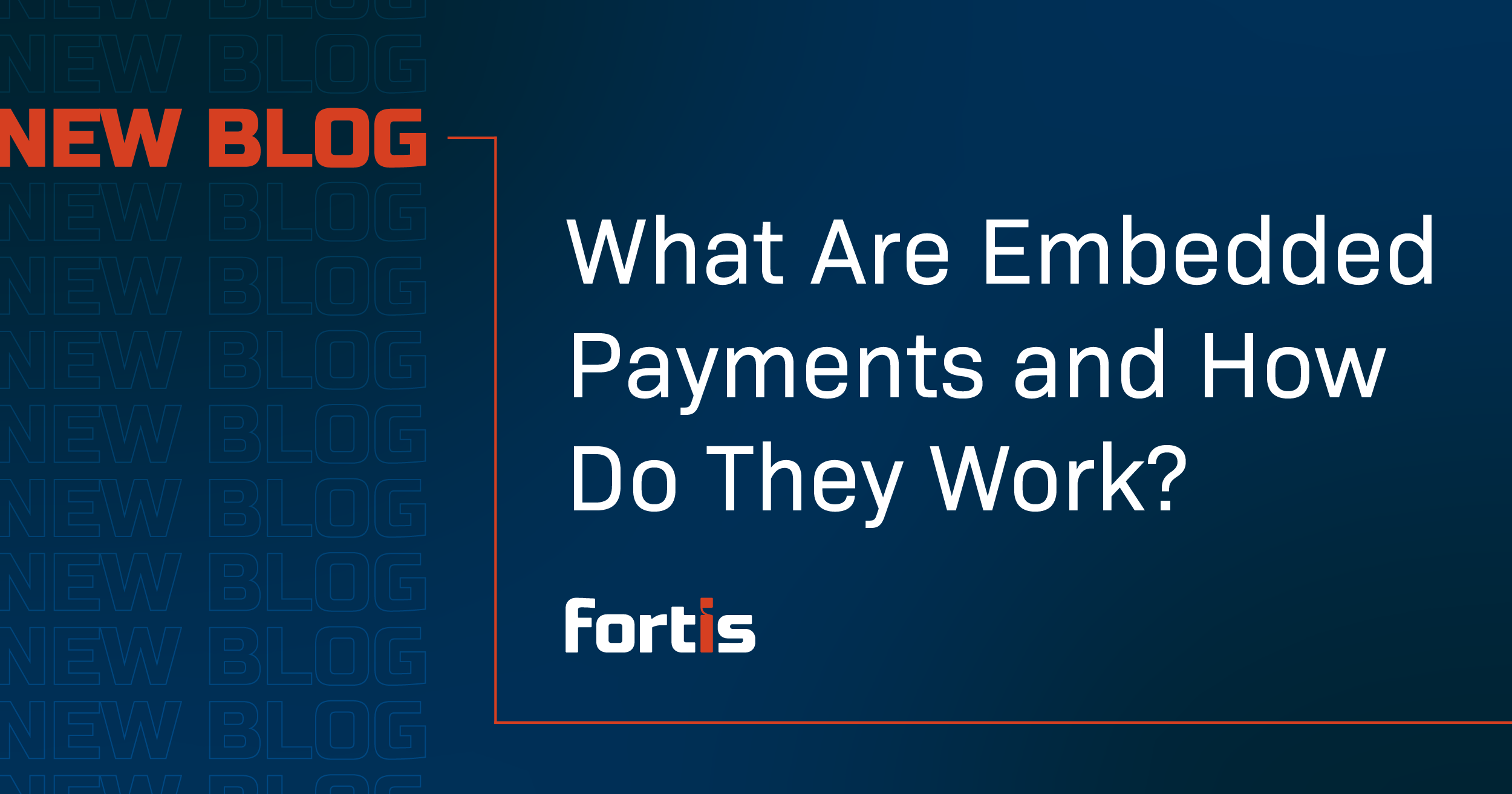With the dramatic increase in fraud over the past few years, more and more merchants are dealing with chargeback fraud.
When handling a chargeback dispute, it’s important to know the nuances of the entire chargeback process. In this article, we’ll dive into the key aspects of a chargeback claim and how you can reduce your chargeback ratio.
What are Chargebacks?
A chargeback is when the cardholder’s chargeback claim is processed by the issuing bank, and the cardholder is granted a provisional credit in the interim of the dispute. A common chargeback type is when a cardholder or business sees suspicious activity on their credit card. They can then directly dispute the transaction with their credit card issuer.
For merchants, chargebacks can cause havoc in understanding your cash flow. Hospitality businesses, especially hotels and lodging, often encounter chargebacks since they have often already provided services and may have even turned cardholders away.
In addition, processing banks scrutinize merchants who have a high number of chargebacks. For all businesses, it’s critical to keep chargebacks to a minimum.
At the same time, many cybercriminals use the chargeback process to commit fraud.
Here are two types of chargeback fraud:
- Friendly fraud — When a cardholder claims the product wasn’t as described, they canceled a reservation, or the charge is related to suspected fraud. Sometimes these complaints are valid, but fraudsters can use chargebacks to get refunds after services are rendered to get free items.
- Criminal fraud — When a reservation or service is used with stolen card details.
Sometimes, a merchant error can also result in a disputed charge. For example, when a refund or cancellation policies aren’t disclosed, or when the hotel marketing didn’t match reality. Essentially, an error or miscommunication on the merchant’s part instigated the cardholder chargeback.
How do chargebacks work?
The chargeback process is a tedious one, but it does include an opportunity for a business to handle the disputed charge.
In short, here’s how it works:
- The cardholder submits a chargeback request to their bank.
- The card issuer reviews the request.
- The card issuer forwards the request to the merchant’s processing bank.
- The merchant’s bank account is debited for the chargeback amount.
- The merchant can accept or rebuttal the dispute.
- The original card issuer reviews the merchant’s case.
- The card issuer determines the outcome, and in accordance to card brand policies, will provide a provisional credit back to the merchant.
This entire process, from the request to case closed, can take up to three or four weeks. The cardholder can request a chargeback up to 120 days after purchase, and sometimes they are given a full year with continuing service agreement. Meaning many merchants may need to argue chargeback requests months after the initial transaction.
When defending a transaction, a merchant only has ten days to submit compelling evidence.
But what happens if the case results in the cardholder’s favor?
If the cardholder continues to dispute the transaction with their card issuer, the merchant may elect to review the chargeback case by arbitration with the card brand. If during arbitration the case is decided in the cardholder’s favor, the merchant will be assessed a fee by the card brand arbitration committee.
What causes chargebacks?
There are many reasons why a cardholder might request a chargeback. Some reasons include:
- A fraudulent transaction was made with a stolen card
- Intentional chargeback fraud
- Misleading service descriptions
- Duplicate payment or the wrong amount
- No cardholder authorization
Interested in learning more about how chargebacks can affect your industry? Consider downloading the Fortis chargeback guide.








